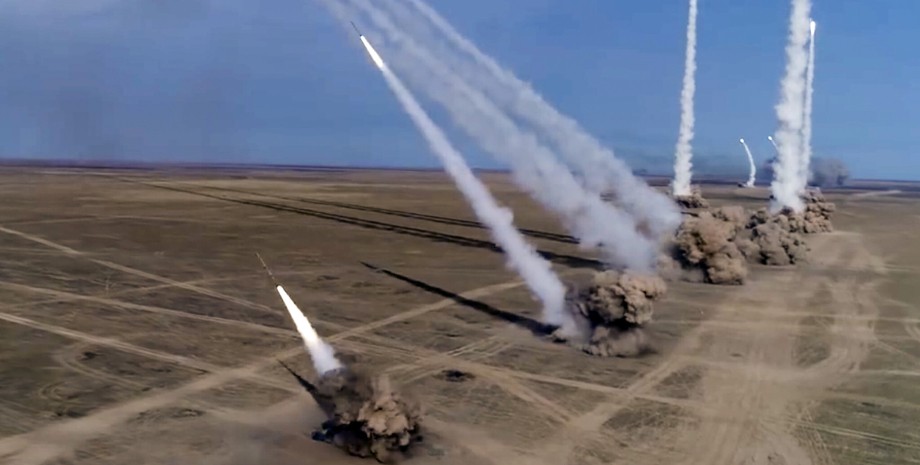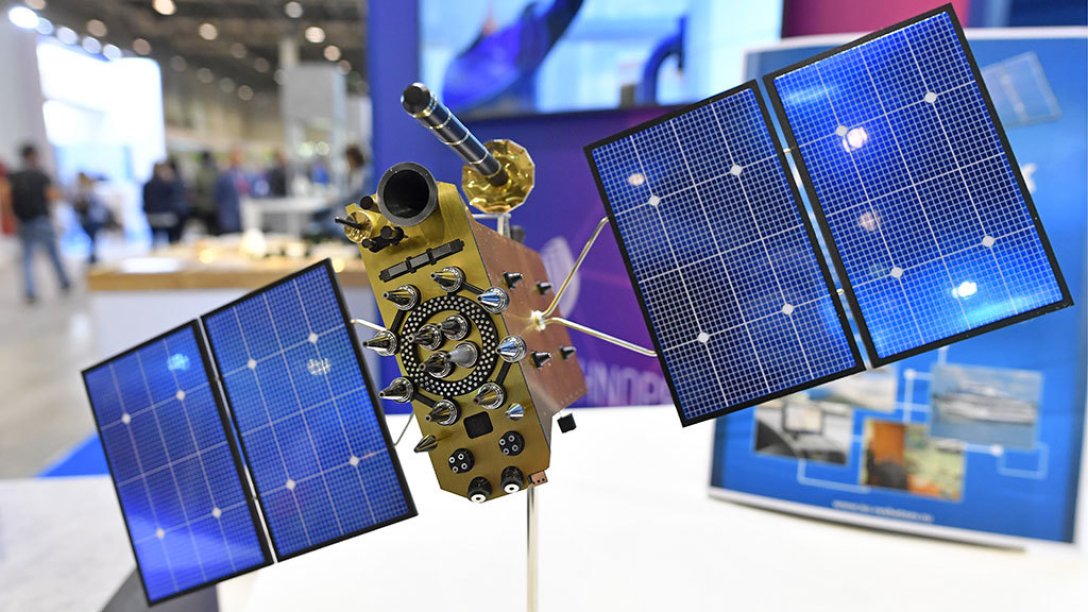
‘The worst system’: Russian missiles miss because of GLONASS satellite navigation – Bloomberg
The researchers found that GLONASS is the worst system of the four existing in the world, with an error of 10 meters.
Russia cannot accurately target missiles in the war with Ukraine due to the imperfection of the GLONASS satellite navigation system. Bloomberg revealed the shortcomings of this technology by talking to experts.
Back in the 1980s, the USSR launched 24 satellites into orbit for a positioning, navigation, and synchronization system called GLONASS to compete with the US GPS, controlled by the Pentagon. This group came in handy for Russia during the war with Ukraine, when the United States denied the occupiers access to its military-grade satellite navigation. At the same time, GLONASS is less accurate than GPS and is very outdated, although the Russians regularly updated their satellites.
Craig Roberts, a senior lecturer at the School of Civil and Environmental Engineering at the University of New South Wales in Sydney, compared GLONASS with the American GPS, European Galileo, and Chinese BeiDou in his research and found that the Russian system is far inferior to its competitors. As it turned out, it has the lowest quality ground control stations and space atomic clocks, which reduces the accuracy of measurements.
“Everyone knows that GLONASS is the worst system. If I measure the location using all four groupings to process the same data, GLONASS will be at the bottom,” the scientist assures.

Photo: Life
According to John Hardy, deputy director of the Russia program at the Foundation for Defense of Democracies, a nonpartisan research institute in Washington, D.C., GLONASS has an error of about 10 meters. This is quite a big difference that can lead to a missed target and non-destruction. Even if Russia can improve its navigation system in the future, its current inaccuracy significantly reduces its combat effectiveness.
Bruce McClintock, a senior policy fellow at the RAND Corp and chairman of the Space Enterprise Initiative, told the agency that GLONASS signals are less reliable and accurate for targeting weapons, so Russia’s military leadership took a different approach – creating 1500 kg bombs. In this way, they try to compensate for the hit error with high power.
“One of the reasons why the Russians need to build such a large bomb is their inability to obtain accurate munitions,” the expert explained.

Photo: Vedomosti
Russia also uses less secure commercial-grade GPS signals to attack civilian targets in Ukraine. According to Pavel Luzin, a senior fellow at the Jamestown Foundation, all Russian weapons systems use chips that combine GLONASS and GPS signals.
“This is enough to attack large stationary targets such as residential buildings, hospitals, power plants, shopping centers, and ports,” he added.
Russia continues to modernize its own satellite navigation, and in August, a rocket was used to launch the Glonass-K2 satellite into orbit. According to Russian media, the device is expected to last 10 years and provide an accuracy of less than 30 cm. This is the first upgrade of the satellite network in a long time, and the company plans to spend about $5 billion on the program.
Pavel Luzin noted that most of the satellites of the Russian group are already outdated, and many others are also coming to the end of their useful life, so they will need 20 new spacecraft by the end of the decade to fully operate the system. However, Russians can produce and send no more than two satellites into space per year because they lack electronics due to sanctions.
“Their biggest problem is how to save the system itself,” the researcher believes.
While Russia is trying to address GLONASS’s shortcomings, Ukraine is already using a more reliable military-grade GPS technology thanks to access codes from the United States. It allows for the use of precision weapons systems, such as Himars missile systems, and sensitive strikes on Russian Armed Forces facilities in the occupied territory.
Earlier it was written that Russia is adapting P-500, P-700 and P-1000 missiles to attack ground targets. There was information that they had begun installing GLONASS chips on them, but the process will take at least six months.

